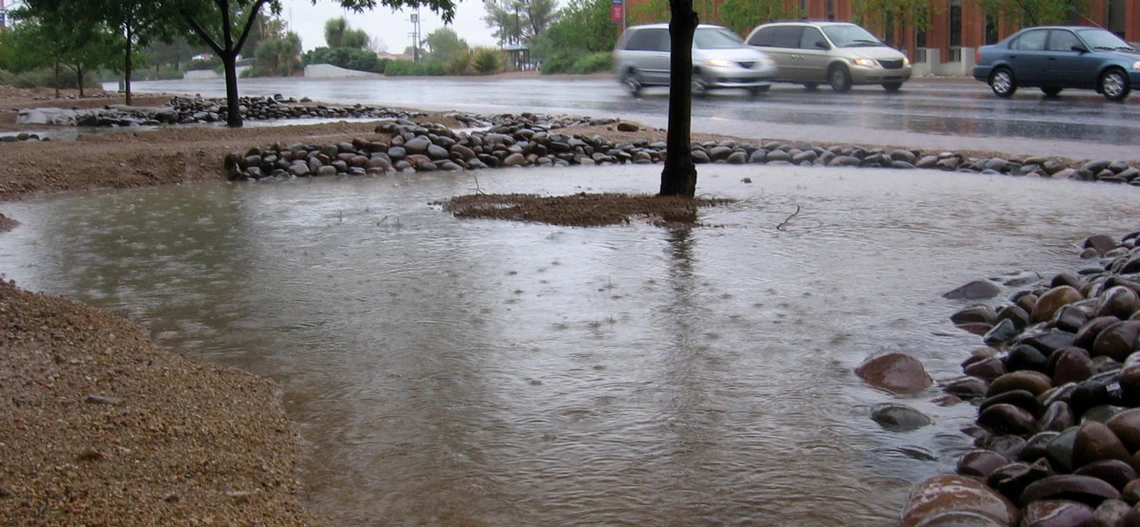
When
Where
Speaker(s)
Low-Impact Development is a concept that began in Prince George's County, Maryland in 1990, as a practical alternative to traditional stormwater management practices. Low-Impact Development (LID) includes a series of land engineering and development features that minimize infrastructure, control stormwater runoff near its origin, and help recharge aquifers, watersheds, and other groundwater sources; in addition to playing an important role in Smart Growth, Green Building, and helping with compliance of the Clean Water Act. LID emphasizes both land and water conservation, and with its minimalistic dependence on infrastructure, LID utilizes on-site natural features which help protect water quality, while retaining the natural hydrology of the site and preserving its before-development water runoff characteristics. LID minimalizes the use of impervious surfaces such as asphalt or concrete, which enhances the ability to control water runoff and improves the water's capacity to infiltrate into the soil.
The economic incentives of utilizing LID appeals to developers and captures the attention of engineers. Curbside gutters are typically unnecessary, as other engineering techniques are utilized to direct water runoff. Underground piping is minimalized, as the water is contained on-site and allowed to infiltrate into the soil. Small retention basins replace larger basins, which increases the number of lots in a development project and often increases the value of those lots. With the reduced infrastructure, impact fees are usually lower, sometimes significantly lower. Developers and engineers integrating LID principles into development projects often see higher profit margins. LID is virtually maintenance free, and its use of native vegetation and less land disturbance enhances the property's aesthetics and conserves its natural features. What's more, LID has demonstrated a remarkable capacity to manage the substantial runoff volumes involved in major storm events, and reduce or prevent property damage.

